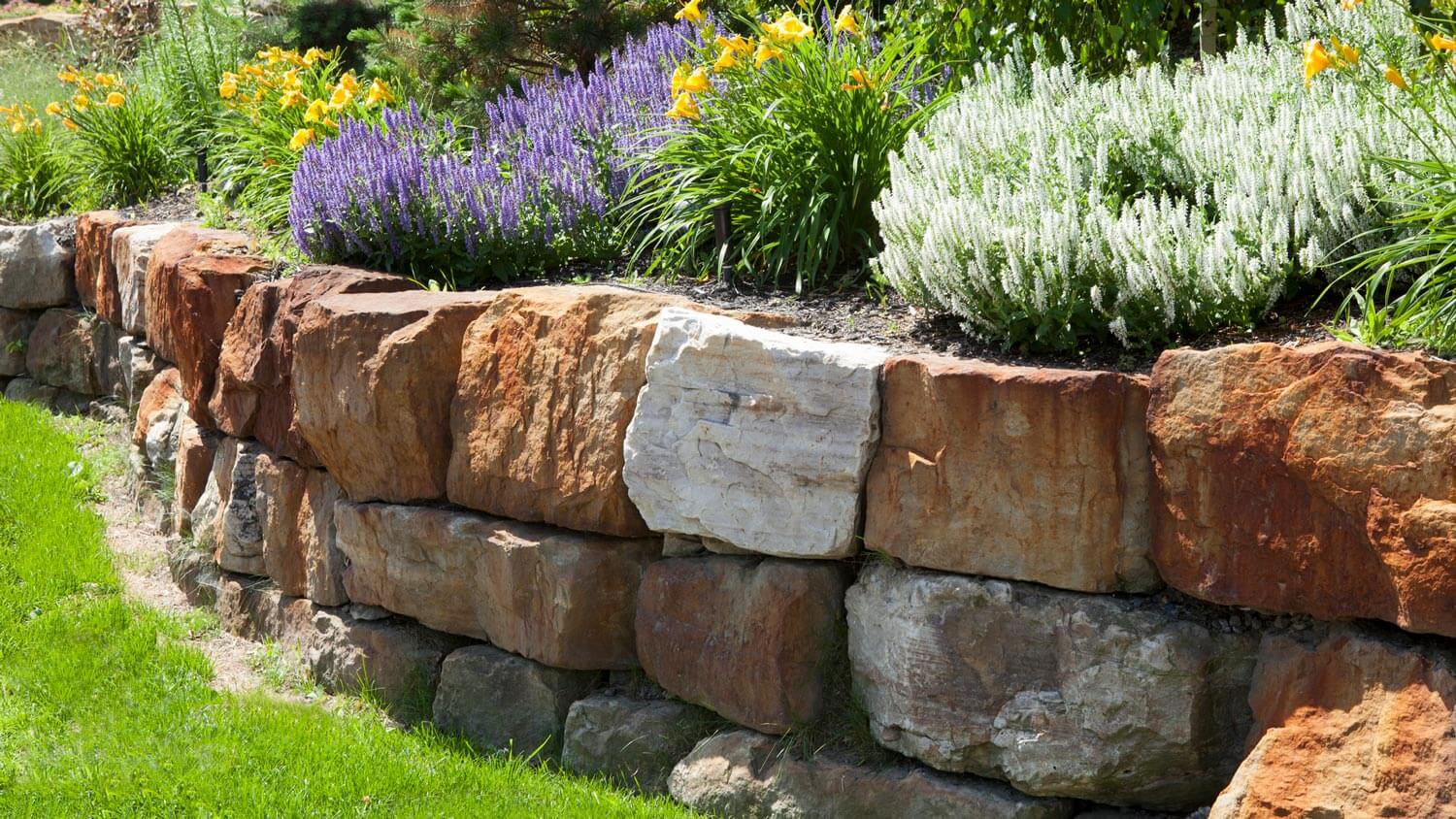Why Every Yard Needs a Retaining Wall (And What Type Is Right for Yours)

When it comes to landscaping, retaining walls are often the unsung heroes. They’re not just functional structures to hold back soil—they’re also design elements that shape the very structure and beauty of your outdoor space. At Paradigm Landscapes, we’ve seen how the right retaining wall can transform a yard, especially in the hilly terrain of Salt Lake City.
If you’ve been wondering whether your landscape needs a retaining wall, here’s everything you need to know.
1. Functional Benefits of Retaining Walls
Prevent Soil Erosion
Homes built on or near slopes are especially vulnerable to soil erosion. Retaining walls provide support by stabilizing the soil and preventing it from washing away during storms or heavy watering.
Manage Water Drainage
With the right design, retaining walls help redirect water and manage runoff, which is critical for protecting your foundation and keeping your lawn from becoming a muddy mess.
Create Usable Space
For uneven or sloped yards, retaining walls can carve out level areas for patios, gardens, or play spaces—making your property more functional and easier to enjoy.
2. Types of Retaining Walls for Utah Yards
There isn’t a one-size-fits-all approach when it comes to retaining walls. Here are some common options we use at Paradigm Landscapes:
- Gravity Walls: Use their weight to hold back soil; great for small slopes.
- Segmental Retaining Walls: Interlocking blocks that don’t need mortar—ideal for decorative and structural uses.
- Natural Stone Walls: Offer a timeless, rustic aesthetic; perfect for homeowners who want a more natural look.
- Concrete Block Walls: Durable and versatile; great for modern or custom designs.
3. When to Consider a Retaining Wall
You might benefit from a retaining wall if:
- Your yard is on a slope or hill
- You notice water pooling or runoff issues
- You want to build a terraced garden
- Your existing landscaping is shifting or eroding
- You want to create visually distinct levels in your yard
If you’re unsure, a consultation with our landscaping team can help determine if one is necessary and what type would work best.
4. Retaining Wall Design Tips
- Incorporate Lighting: Built-in lights can add ambiance and improve nighttime visibility.
- Match Materials: Coordinate wall material with nearby patios, walkways, or outdoor kitchens for a cohesive look.
- Add Plantings: Use greenery or cascading plants along the edges for a soft, natural finish.
5. Why Professional Installation Matters
While some small garden walls can be DIY, larger or structural retaining walls require professional installation. This ensures:
- Proper drainage is installed behind the wall
- Soil pressure is accurately calculated
- Long-term durability and code compliance
- A clean, professional finish
At Paradigm Landscapes, our expert team handles every step—from design to excavation to final build—so you don’t have to worry about structural issues down the line.

Retaining walls are a smart investment for both the form and function of your yard. Whether you need to solve a drainage issue or want to add visual structure to your outdoor space, the right retaining wall can elevate your entire landscape.
Contact Paradigm Landscapes today for a free consultation, and let’s design a solution tailored to your property and style.
Your Questions, Answered:
Everything You Need to Know
.svg)
.svg)


.svg)
